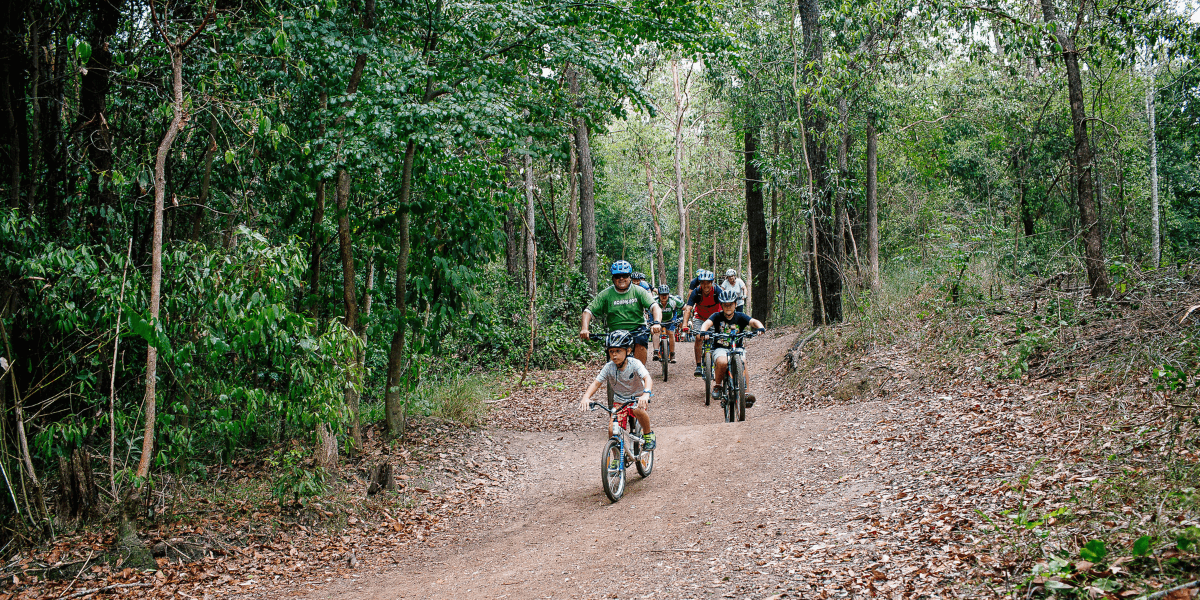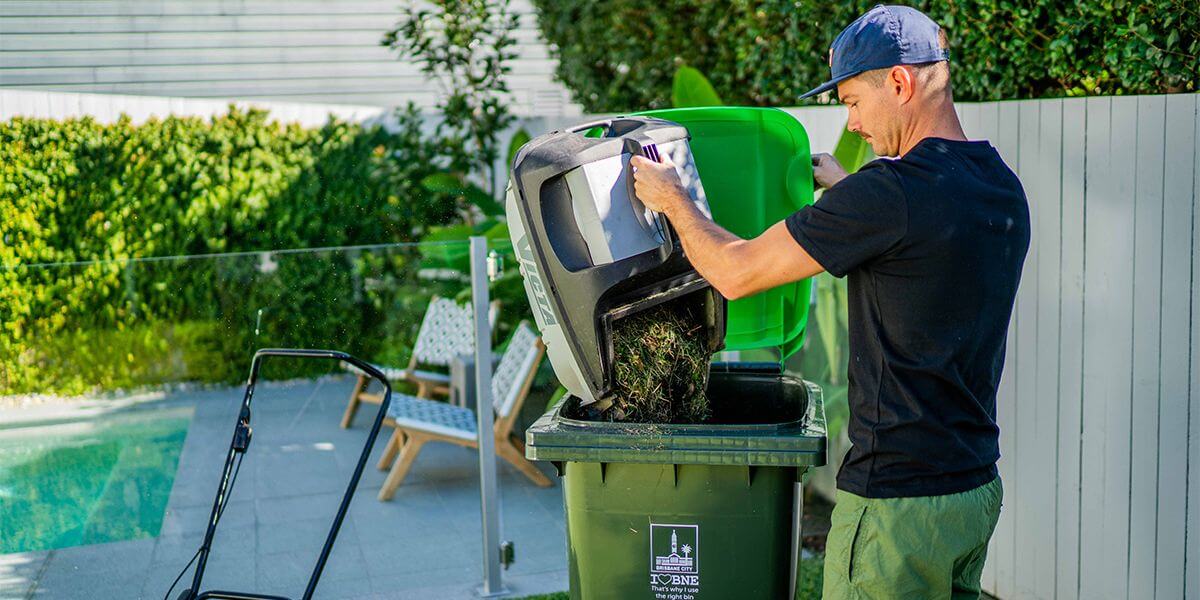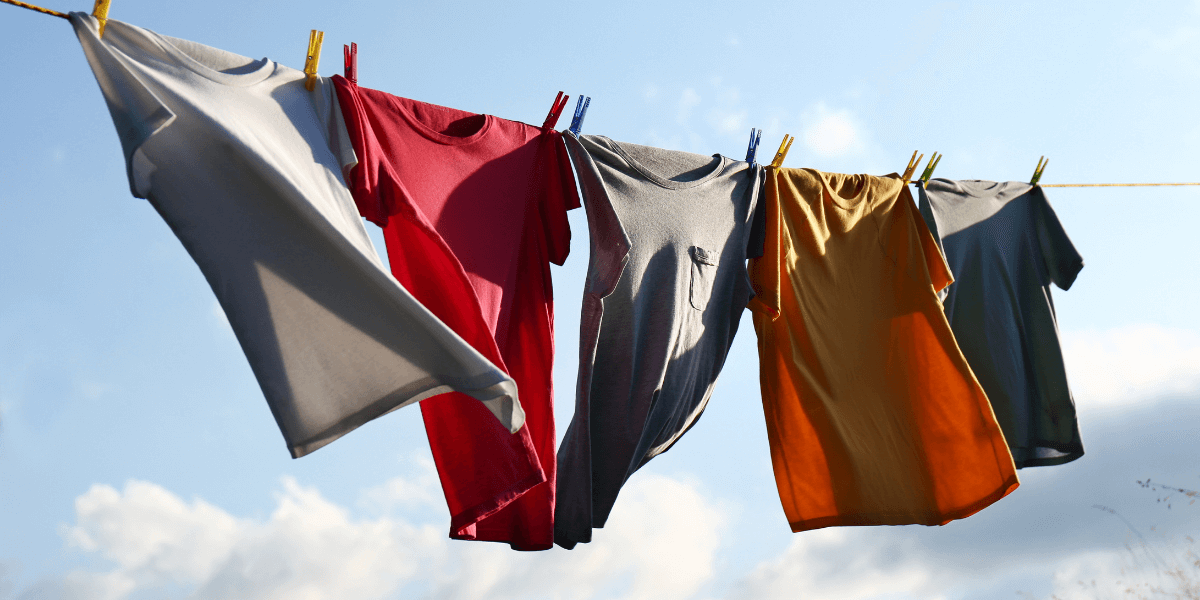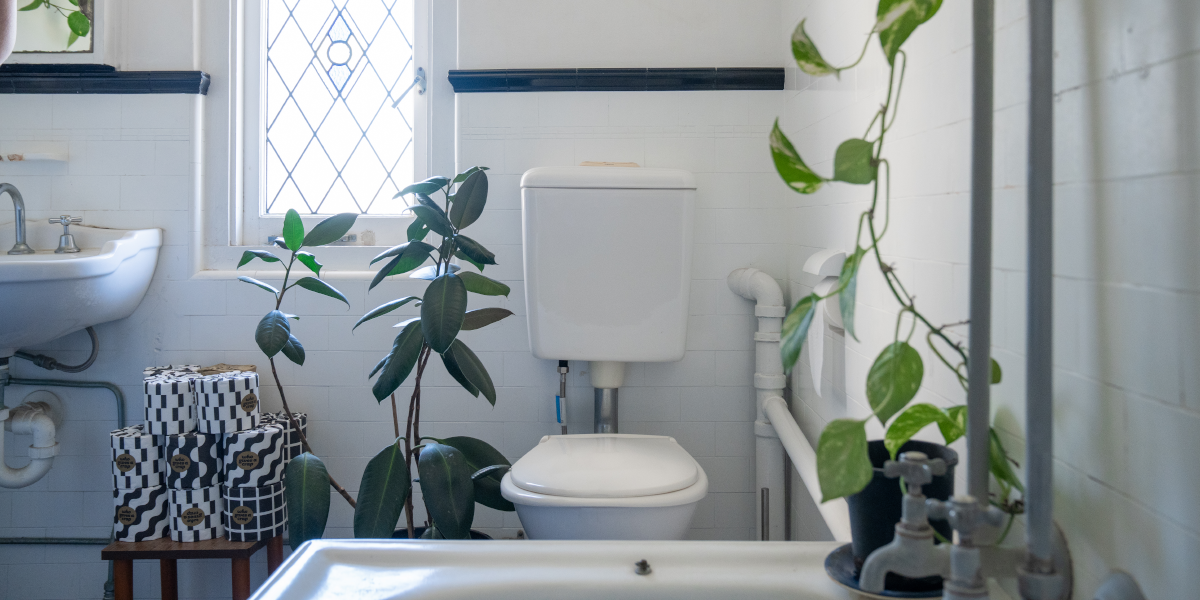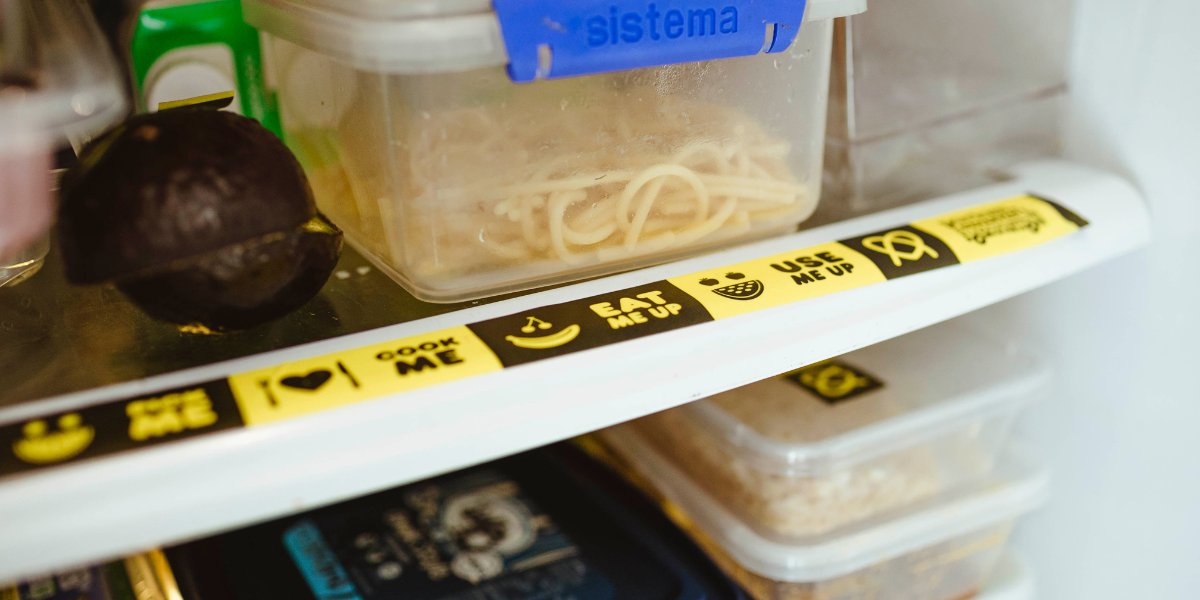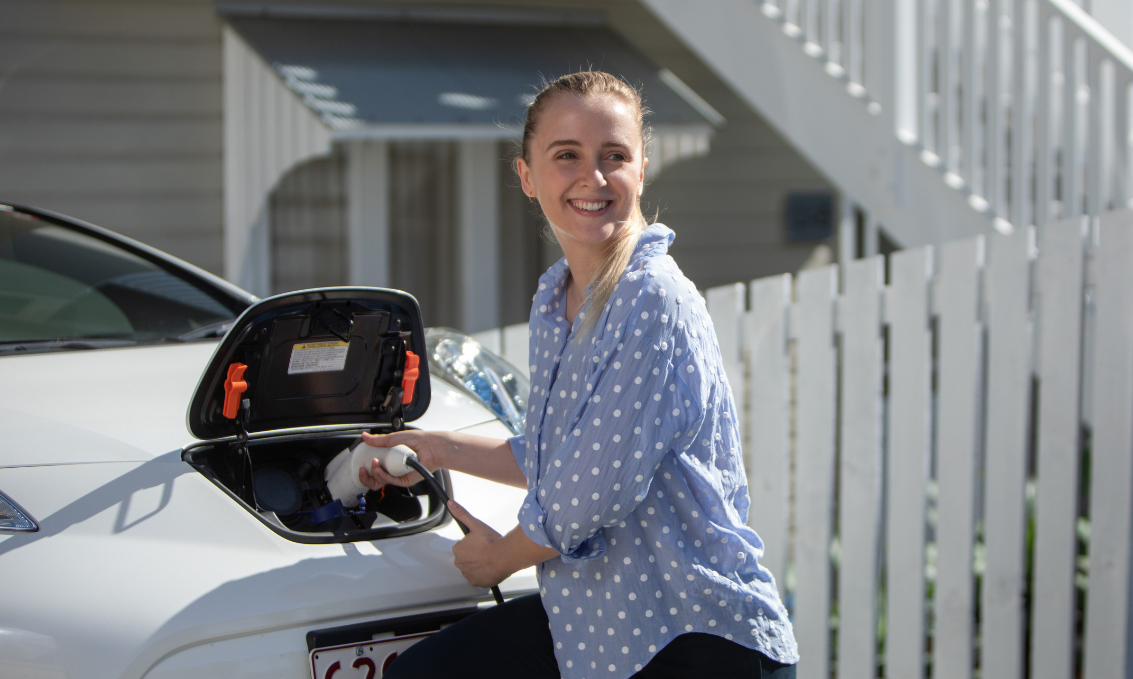REDUCE WASTE
CONTAINER EXCHANGE ANSWER YOUR RECYCLING QUESTIONS
The Containers for Change scheme has been operating in Queensland since November 2018 and provides participants with 10 cents for each eligible container returned to one of over 300 registered refund points across Queensland. To understand more about how the scheme works and how it compliments Brisbane’s kerbside recycling, Nicole Lutze spoke with the scheme’s External Relations Manager Adam Nicholson.
HOW IS THE CONTAINERS FOR CHANGE SCHEME DIFFERENT TO CURBSIDE RECYCLING?
Queenslanders are generally good recyclers at home and utilise our council recycling bins, but we’re not so good away from home.
Prior to the introduction of the Containers for Change scheme, beverage containers were Queensland’s second-largest category of litter behind cigarette butts. The reasons for littering outside the home are varied. It could be because we’re on holiday and don’t know the local council’s rules or pick-up days, we might not have easy access to a recycling bin, or it could be because we’re outside of our normal routine. So the scheme aims to reduce the rate of littering of beverage containers outside our homes. We want to stop beverage containers from entering our waterways, open spaces and community. We also want to ensure valuable resources aren’t ending up in landfill.
IS RECYCLING A VIABLE SOLUTION?
There was some perception that the recyclable market had dried up when China stopped taking plastic waste. China did this because co-mingled recycling bins aren’t easily controlled. Councils rely on the knowledge of residents to separate recyclables, and sometimes those bins get contaminated. And that’s basically why China stopped buying from us — they wanted to purchase better quality, more pure materials than they had been receiving.
One of the advantages of Containers for Change is that we have more control over what enters the scheme and can therefore offer high-quality products to registered recyclers.
To bid on material that comes through the Containers for Change scheme recyclers must be a member of our recycling panel and all the necessary checks are done on these companies to ensure that their business operations align with those of the scheme.
Brisbane City Council and others local authorities do an essential job servicing our community and economy by offering kerbside recycling programs. This helps divert materials from landfills and contributes to less litter. We need the Containers for Change scheme and council recycling services operating together to achieve optimal recycling results.

ARE BEVERAGE CONTAINERS SOLD WHEN THEY ENTER COUNCIL RECYCLING?
If people don’t want to collect a 10-cent refund for their beverage container, they can put it into their yellow top council recycling bin for processing. The council will then be able to separate those eligible beverage containers to recycle them through the scheme.
Before the Containers for Change scheme was established, those beverage containers were only worth a fraction of a cent. Now they’re worth 10 cents. So, despite fewer beverage containers now entering council recycling, they’re worth more, which is a win. And the money raised by processing and selling those recyclable materials goes to the council and offsets the costs of running the at-home service. But the most obvious benefit of recycling, be it through the scheme or the council collection, is how it helps the circular economy. By putting a container into the yellow bin, it doesn’t go into landfill. And landfill is the common enemy — it’s the monster we don’t want to feed. Landfill costs ratepayers, and it means we are burying valuable materials and having to create new resources.
HOW CAN WE BE BETTER AT RECYCLING?
A really common mistake is to bag or box beverage containers before placing them into a recycling bin. People usually do this with good intentions, but it conceals the items, and for safety reasons, that bag or box cannot be opened and the recyclables will go into landfill. So, it’s critical people never bag up containers or other recyclable items in their yellow top bin and just as importantly, never put them into their red general waste bin. That red bin goes straight to landfill, meaning those containers can never be recycled.
Also, Containers for Change and Brisbane City Council (BCC) have some different requirements for processing beverage containers. At Containers for Change, we need you to remove the lids from drink bottles for safety reasons. But when putting them in council recycling bins, BCC asks you to leave the lids on.

WHY SHOULD WE RETURN OUR BEVERAGE BOTTLES FOR A REFUND?
Some people recycle for environmental reasons. Other people use refund schemes because of the financial incentives – the 10-cent refund can benefit pensioners, children earning pocket money, and vulnerable community members. But many people don’t know they can use the Containers for Change scheme to support charities and community groups they value.
If someone doesn’t want to collect a 10-cent refund for themselves, they can donate that money to a charity or community group registered with the scheme. All they need is to quote the charity’s scheme ID when they are returning – which can be found easily through the Containers for Change Queensland app. Another way to support a community group that is collecting, is to drop off the containers directly to that charity’s collection point. Similarly, you can donate your refund money to a family member or friend, by quoting their unique scheme ID. Grandparents who live further away from their families might want to put their refunds into a grandchild’s scheme ID. The scheme offers excellent opportunities to support people and causes we are passionate about while also helping the environment.
For more information about Brisbane City Council recycling, click here. For more information about the Containers for Change scheme, visit their website.

The author
This post was written by the BSA Sustainable Living team! We’re here to help you reduce your environmental footprint and lower your cost of living along the way.

